Your cart is empty
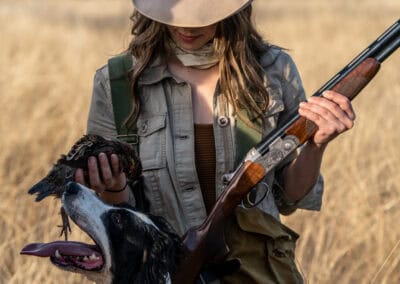
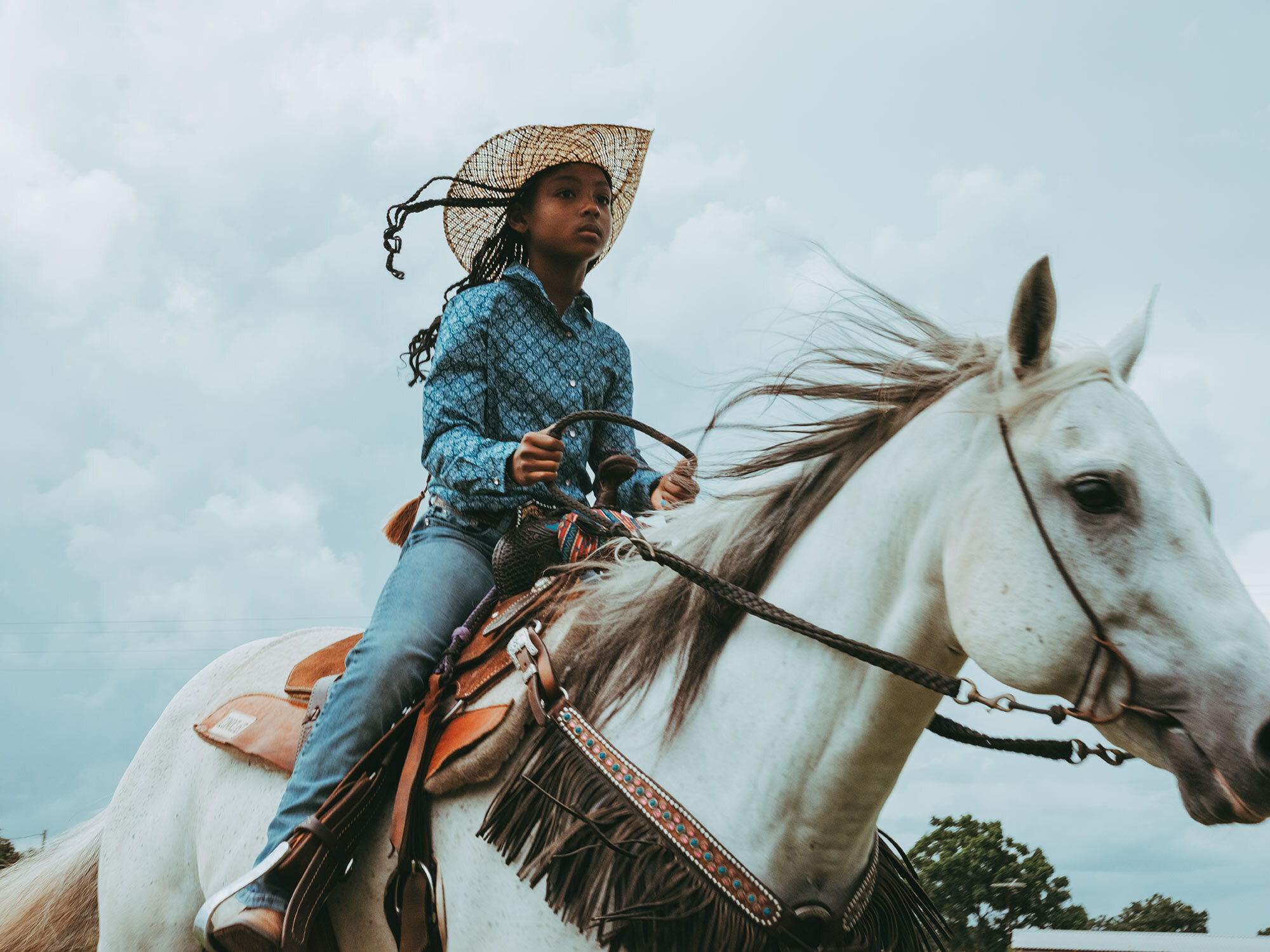
At a team roping in January, a man sits astride a horse in the welcome warmth of the Arizona sun. He shifts in the saddle cursing his too-tight jeans, adjusting his Jordans in the stirrups. In a sea of mounted cowboys, a young kid stands near his horse squinting up at him with curiosity. “Are you a roper?” he asks, “No,” the man replies. “Are you a bull rider?” the kid tries again. “No,” the man says with a humble shake of his head, “I’m just a photographer.”
Ivan McClellan has been weaving his way between horse trailers and bucking chutes at rodeos for six years now, documenting the daily life of black cowboys. Today his images are sweeping the Western world, bringing a muted scene to the forefront, and coloring in the details of how the west is being won.
As a husband and father, he has spent what little free time he has traveling across the country from his home in Portland, Oregon to document a different way of life; and the heritage western brands of today are clamoring to share his point of view.
In Modern Huntsman Volume Six, Emilè Zynobia and Idris Solomon brought you the story of “The Forgotten Cowboy,” and today Ivan continues that story hoping that one day cowboys of color will not be newsworthy because of their skin but for their talents and contributions alone.
KATIE MARCHETTI: Tell us a little bit about the eight seconds project and what sparked this project for you?
IVAN MCCLELLAN: Eight seconds is a project focused on elevating the stories of cowboys of color. I have at times focused on Mexican cowboys, and on native cowboys, but mostly I focus on black cowboys because that’s a story that’s close to me. It’s a story that I feel I’m capable of telling.
For the last few years, I’ve gone around the country, hanging out with different cowboys and taking pictures and doing little write-ups. It started as just a hobby. Now different brands hire me to tell these stories on their platforms; like Wrangler and Stetson.
Your work is everywhere right now. Which is amazing, because you’ve been working on this project for a while, right?
Yeah, this will be my sixth year. That you’ve seen my photos is kind of incredible. I’m like really? I don’t pay that much attention to where stuff goes. I just send it out and it just shows up in different places. It’s been six years and I would say the first three years, I didn’t have a clue what I was doing. I went to a black rodeo and I just thought, this is different, different than white rodeos. The music and the way people were dressed and how comfortable I felt there. Even down to the events; stuff like “Pony Express” and the way that they did the activities, I thought, this is wild.
Then I started to tell people about it and realized that folks didn’t know anything about this culture. They didn’t know anything about black cowboys. And if they did know about black cowboys, they knew about Bill Pickett. They knew that it was something that existed in the past, but they didn’t know that it was contemporary and thriving and that was fascinating to me. So for three years I just went in and photographed rodeos and met people because I liked it. I would just store the photos on a hard drive. I didn’t even publish them anywhere until about two years ago; my wife finally said, all right, you got to do something with this because you’ve spent tens of thousands of dollars, flying around the country doing your hobby. At least start Instagram.
That was when I started Eight Seconds. I started to get followers and people were actually interested in knowing more. Then I started the website so I could tell longer-form stories. Just within the last year, brands started to contact me, big heritage Western brands. It’s been such a long journey that it’s kind of odd to see it in a popular place now.
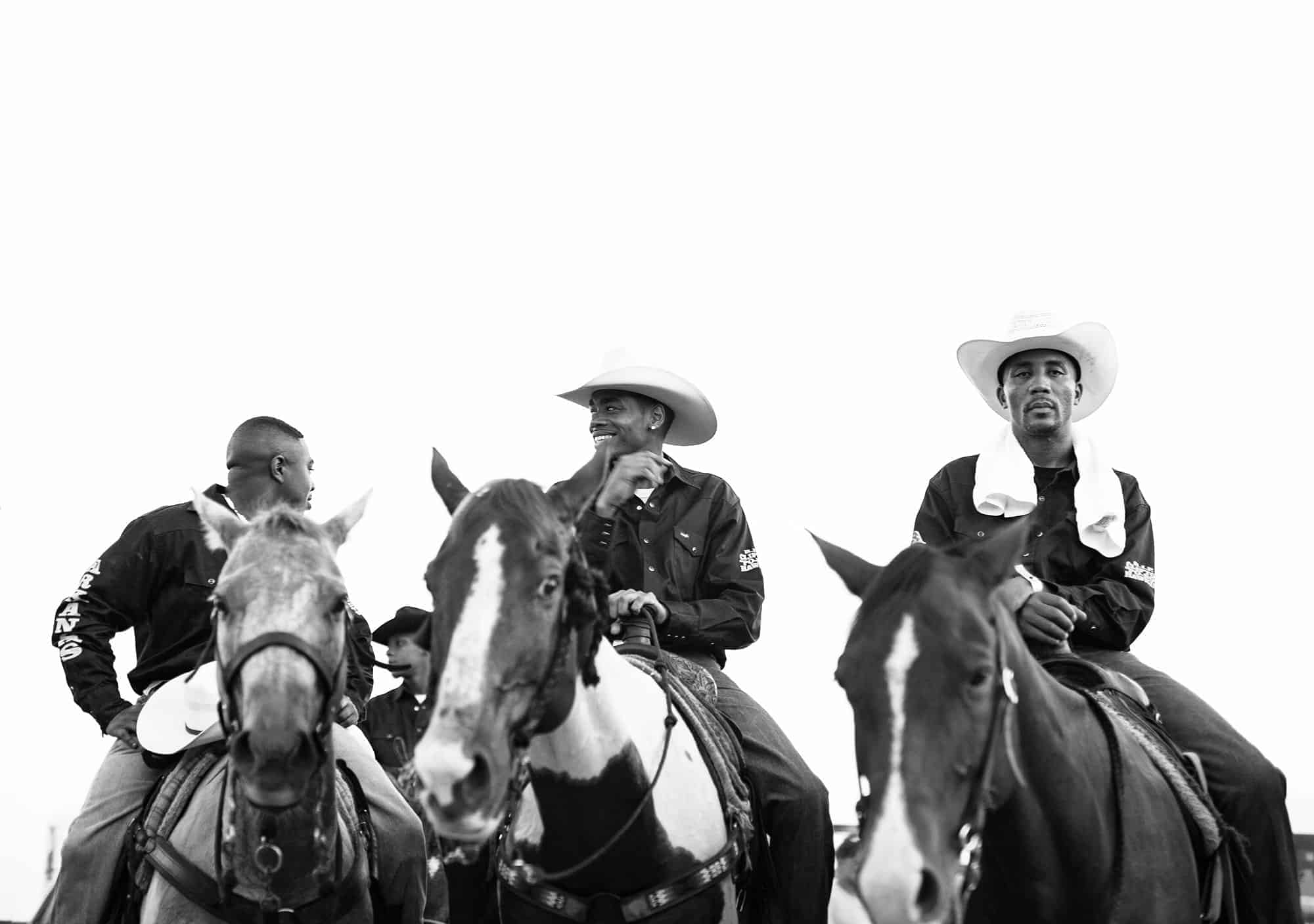
When you first started, what story were you hoping to convey with your photos?
It’s always been a documentary, it’s always been about just showing up and shooting what I see and trying to be as honest as possible. Not having any expectations or preconceived notions of what an event is going to be like, what somebody is going to be like, but just showing up and hanging out as long as I can and taking photos. So it’s more documentary filmmaking than it is editorial photography, for sure. What I really like to do is, ask somebody if there’s someone that I should go see. That’s the way I’ve gotten into trucks with guys that I didn’t know at all, to tell their story.
I asked a friend of mine in Houston, if there was somebody that he could connect me with. He said, yeah, you should go hang out with “Sticky.” So I called up “Sticky” and I said, “I’m in Houston. I’m going to take an Uber to your house and just see what you’re doing. He’s like, “Well, you got to get here by 8:00 AM because I’m going to sell a bull.” I just got in his truck with him, he’s singing George Strait and spitting dip in a supersized McDonald’s cup. And there was a two-ton bull behind us, slamming his head into the gate and I’m just taking pictures, trying to go with the flow.
Your photos feel very real and honest, not staged or stylized.
Well, thank you. That’s completely what I’m going for. And I would say if I have any intention, it’s just to create enough of these images, that perception starts to change a little bit and people start to say, “Oh yeah, there are black cowboys,” and that’s just common knowledge, not anything revolutionary. The headlines in the New York Times don’t have to be like, “we’ve discovered black cowboys. It’s incredible.” I want to get past that. We already know there are black cowboys. I’d rather the story be about Sticky Haines because he’s an interesting guy. He’s a stock contractor; he’s a former bull rider who got all busted up; he’s a dad; he teaches bull riders how to ride. Just tell his story, devoid of the historical context and importance of the black cowboy. That’s my dream is to move into a new space.
That’s a really good goal for us to have. I wanted to talk a little bit about cowboy culture and what surprised you the most of what you’ve learned and what matched your prior assumptions before stepping into that arena?
Personally, I thought that I was going to be an outsider and I thought I was going to be viewed as a city boy and made to feel like I didn’t belong. I just felt kind of inferior. These cowboys are capable; they know how to do stuff. When I shake their hand, their hands are like 12 grit sandpaper and mine are like dragonfly wings. I work on the computer all day, I’ve got the wrong shoes, I’ve got the wrong hat, my whole deal is off. And I thought I was going to be judged for that.
“These cowboys are capable; they know how to do stuff. When I shake their hand, their hands are like 12 grit sandpaper and mine are like dragonfly wings.”
But I’ve never once felt uncomfortable. I’ve never been judged. I mean, I’ve been made fun of to no end, but it’s out of love, there’s been a real appreciation for my curiosity. If there’s any preparation that I do, it’s making sure that my energy is right, making sure that I’m really coming into these spaces with genuine curiosity, and a non-judgemental, open heart to learn. People feel it, and it’s just a reciprocation of that back and forth. That’s really been delightful and surprising.
One of the things that I expected, especially in black rodeos was I thought that the people were going to be older. I thought that people were going to be in starch shirts that crunched when they moved their arms, that everybody was going to be wearing a Stetson and have a mustache. But when I went to my first black rodeo, I saw people in tank tops, basketball shorts, and Jordans. I saw people with braids and women with longer acrylic nails — people kind of doing cowboy however they wanted, they didn’t have to fit into this mold.
Over the last six years, have you seen within the western industry?
Yeah, for sure. Especially after last year. I think society is shifting in numerous ways. And for me, that’s becoming really evident with Western brands who wouldn’t have talked to me two years ago. Now they’re doubling down on telling these stories and changing the way that they present themselves. You can go to most Western brands and go back to 2014 on their Instagram page. It’s just white faces not a single person of color until May of last year.
After that, the brands that took it seriously started to post more people of color more frequently, so that’s been a colossal shift. Brands said, “We’ve got to do better. Not just on where we fit into shifts that are happening in society but what markets and demographics are we leaving out?” There’s money that they were leaving on the table. They’re businesses and that’s how I expect them to think. But now they’re saying “We’ve got millions of people that wear our brand that we’re not talking to, and we’re not addressing, can you kind of help us do that?” So that’s been huge in the last two years, and it’s just continuing to grow.
They’re not only doing advertising, but they’re also getting into sponsorship of a lot of black athletes, which is huge. Because that’s how an athlete gets down the road, pays for equipment, pays for fees; and that, in the long run, it’s going to elevate their performance. You’re going to start to see a lot more black folks in the NFR because they have these sponsorships that allow them to get there now.
Do you feel like there’s still a pretty big barrier to entry in that arena, at the NFR level?
I think so. The NFR is not racist. The NFR just takes the best performers, the top point-getters, and they go in to compete for the big money. The PRCA is the same way, the organizations are equitable and there are black people, like Shad Mayfield, Charlie Sampson, and Fred Whitfield; there are black folks that have overcome those hurdles and made it to those levels, but they’re rare and they’re extraordinary. The talent that they had was just undeniable and it was something that they were going to succeed no matter what; they also had a lot of help.
Corey Solomon had a lot of help, a lot of mentorships. He started out with Bill Pickett and then Fred Whitfield as a mentor gave him the roadmap on how to get to where he was going. And so you see that it’s possible, but it’s rare. I think for it not to be rare, it really comes down to partnerships and sponsorship. I see a lot of black competitors in the PBR with a single patch on their vest compared to the Brazilian or white competitors who are covered in patches. Sponsorship, as I said, helps fund your career.
We’re in 2021, and I’ve talked to several black female barrel races, and their goal is to be the first black woman to compete in barrel racing in the NFR. The first one, you know, we’re still having the conversation about the first black female to compete in barrel racing. I mean, that’s crazy to me.
What do you think needs to change about cowboy culture and what do you think we should continue to embrace?
I think cowboy culture is fine, just the way it is. I don’t have any desire to change anything about it. You know, I was just at a team roping event in Arizona and there were a thousand people there and they were having a great time. I felt completely comfortable. I felt accepted. People went out of their way to start up conversations with me.
After reading our recent story The Forgotten Cowboys, what were some thoughts that came to mind about some of these incredible characters from history, and how they helped shape our country?
Well, I thought it was a beautiful article. It made me jealous because I was like, I should be doing work like this. The photos were beautiful and the writing was so personal and artistic. When I write it’s very informational, I’ve tried to not inject too much of a point of view. We’ve talked a lot about race and identity and how it applies to the culture here. That’s not something that I typically do because I’m just some dude with a camera. I’m not here to have opinions, I’m just here to present what the thing was. Emilè seemed credible to do that because of her upbringing and because of how she sort of related to the subject matter. So I loved it. And I really appreciate that you all did it and that it was such a long-form piece of work and that you let it sort of breathe and expand and tell that story comprehensively. There are incredible characters in the black cowboy lineage. And I think it’s really cool that these stories are starting to get spread and starting to, starting to get put out in the world.
What are some things that you’ve learned about the Western way of life that most people wouldn’t know?
I still don’t know everything about the sport of rodeo, Western sports. I think that most people have a general understanding of what bull riding is but the intricacies of that sport are numerous. From the types of ropes they use to different riding styles between the Brazilian and American riders; how scoring works and how well cared for the bulls and horses are.
The rules in place around eight seconds are there to protect the animal and reduce the amount of stress that they get over a period of time. These [stock] contractors love these creatures. And so I think people look at it from the outside and they think this is brutal. But then once I actually got into it and I realized this is a celebration of activities that would happen normally on the ranch.
I’ve seen people take better care of their horses than I do of my own kids sometimes. The pride that folks take in their animal – I’ve had a steer wrestler tell me, he couldn’t be doing the things he’s doing in his career without his horse. He said, every steer wrestler is great at wrestling, the horse you’re riding makes the difference. He celebrated and elevated his horse and I just thought, that’s just beautiful.
You kind of have this unique privilege of getting behind the scenes and behind the chutes at a lot of these events. How has that intimate knowledge of your subjects affected how you photograph them?
Well, a lot of times I go places that I’m not supposed to and get in because I dress the part; wearing a pressed white shirt, my Chad Berger Bucking Bulls jacket, and some nice boots that Ariat sent me. So people assume I must be one of the stock contractors or with the rodeo press.
And that’s how I get those really good intimate photos. I’ve also learned how to stay the hell out of the way, you know, how to not get hit with games, how to know when to leave, know when somebody is agitated and doesn’t want to have their picture taken. I’ve stayed on the chutes the entire time shooting guys getting prepped, because I thought, this is fascinating, right?
The guys taping their hands and tying boots tight around their ankles, rolling out with a cowbell on a rope – all of the preparation, all of the routine of getting ready to ride a bull is fascinating. I’ve stayed up on the shoots, just photographing that, and didn’t get a single photo of anyone riding a bull and other photographers are like “What are you doing? You’re bad at your job.”
I think in doing that, I’ve learned a lot more about that preparation. I’ve learned a lot more about the athletes and how they deal with nerves and how they get themselves psyched up. You know, I’ve seen a bull rider just slapping the hell out of his face before he rode, he’s not being gentle either. He’s giving himself the business. Then he slams a rockstar energy drink and jumps into the chute, nods his head, and rides. It’s crazy. I’ve got pictures of him slapping his face and that’s way more interesting than him riding to me personally.
Before you started working on this project, what were you doing photography-wise?
I hadn’t done much professionally, it was a hobby of mine. I started photographing in 2010 and was terrified of shooting people. So I would go out and the middle of nowhere in Oregon to the painted Hills or Crater Lake and take incredibly boring landscape photos. I finally decided to get over my fear so I started shooting weddings, shot 20 my first year.
Wait, you were intimidated by taking photos of people so you started with weddings? I feel like that’s the most pressured situation!
That’s how I do things [chuckles] – long story short, I got burned out on that because I love to shoot documentary, but the people hiring me didn’t necessarily like that style of photography. People would come to me with a Pinterest board of what they wanted their photos to look like. And I’d say “I’m not gonna shoot you jumping in the air throwing Skittles.”
I decided I shouldn’t get paid for my photography for a while and just really own it and do whatever it is that I want to do. And so I started to do street photography; I’d just go out into the streets of Portland, meeting people and taking their photos. I would do that literally every single day, on my way to and from work. I started to get good at that, and I could get rapport with people fast. So that helped me build a lot of confidence and it helped me learn to make photos anywhere, regardless of the lighting or the situation or what was going on.
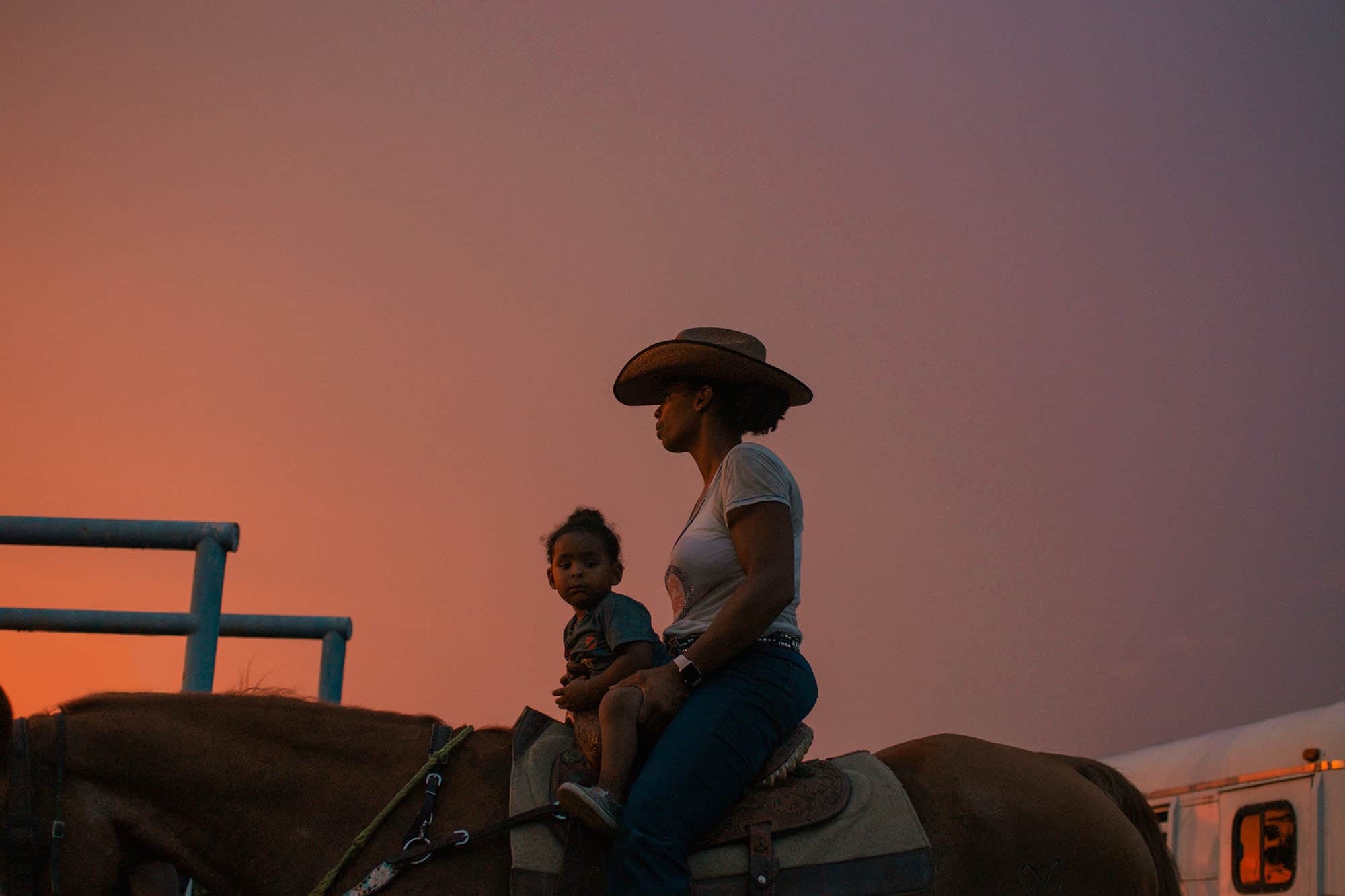
Tell me a little bit about Diversify Photo and what sort of resources and opportunities they provide.
I just got hooked up with them last year through a seminar. My wife told me about them and then she signed me up for a webinar that they were hosting with a photography agent all about monetization, how to get paid for your photography. She pulled it up while I was in the car and it was like, ‘listen to this.’ And I started listening and they were giving you all of the secrets about how to get clients, how to write contracts, what to charge, how to get paid. They were just giving it away for free! It just immediately leveled up my professionalism as a photographer.
It’s really that one webinar put me in a space that when these brands started to come to me and asked me to do work for them, I was able to charge the right rate for the licensing and usage of the photos, whether it was exclusive or non-exclusive. I owe them a debt of gratitude because that was enormous for my career, for the livelihood of my family, you know? And so they provide resources, they elevate people in the group through the newsletter and they have a registry of photographers so people can find you. And it’s just a really cool organization.
What’s next for you? Do you have any other projects you’re excited about?
My whole ethos is to say, yes, to anything that comes along. In doing that, I’ve opened myself up to opportunities that I normally wouldn’t take. I’m constantly getting interesting requests from different riding clubs and youth programs around the country, and I’m interested in telling some of those stories. I’m starting to branch out regionally, I’m getting all of this opportunity to go different places and see what their take on cowboy culture is, and I’m moving beyond rodeo. I love rodeo and I’m gonna continue to go to rodeos, but I think this story is a lot bigger than just that.
Those were the questions I had for you. Is there anything else you want to close out with?
That was pretty comprehensive. I really appreciate that you asked me some new stuff. Sometimes I feel like a parrot during these things where I’m just telling the exact same stories and the exact same way.
Thank you so much for letting me jaw about my experience. I really appreciate it. I really love Modern Huntsman and my wife and I were just so excited about this opportunity.
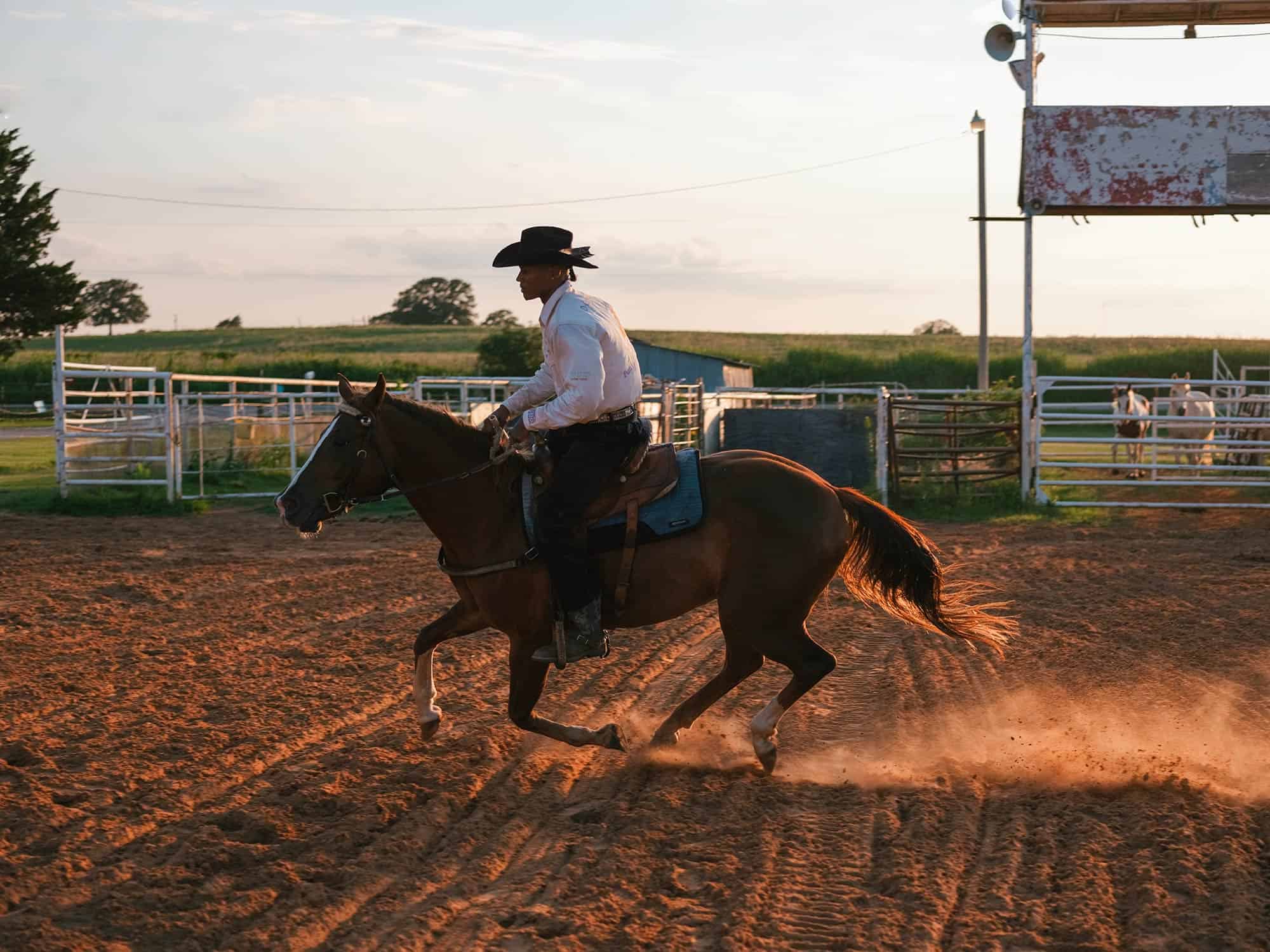
Related Stories


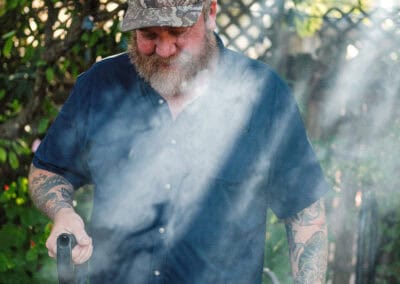
Latest Stories


